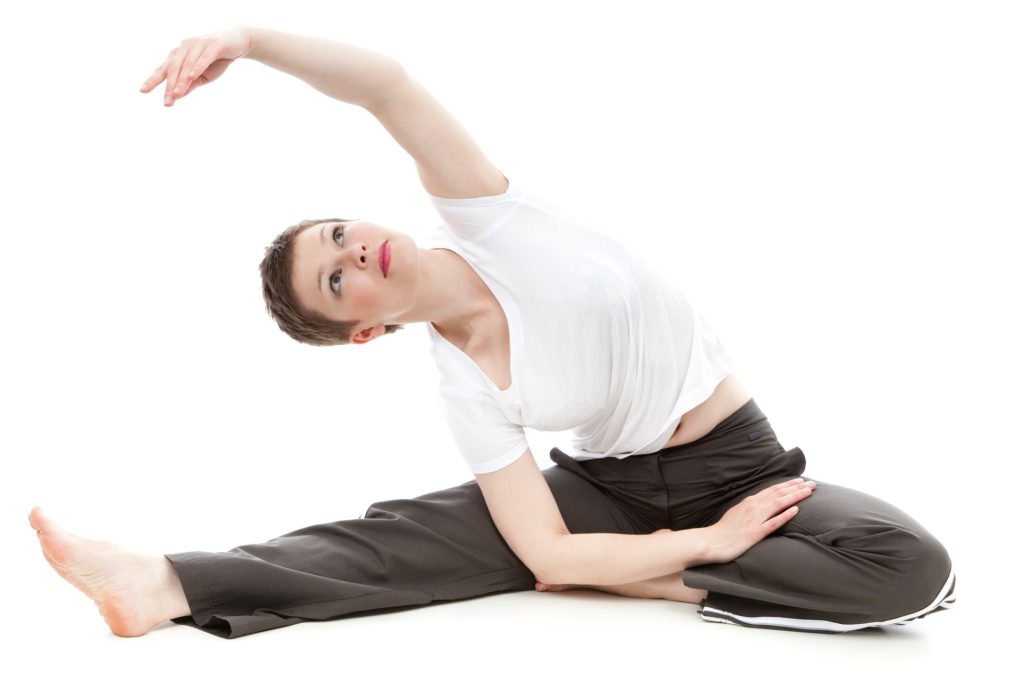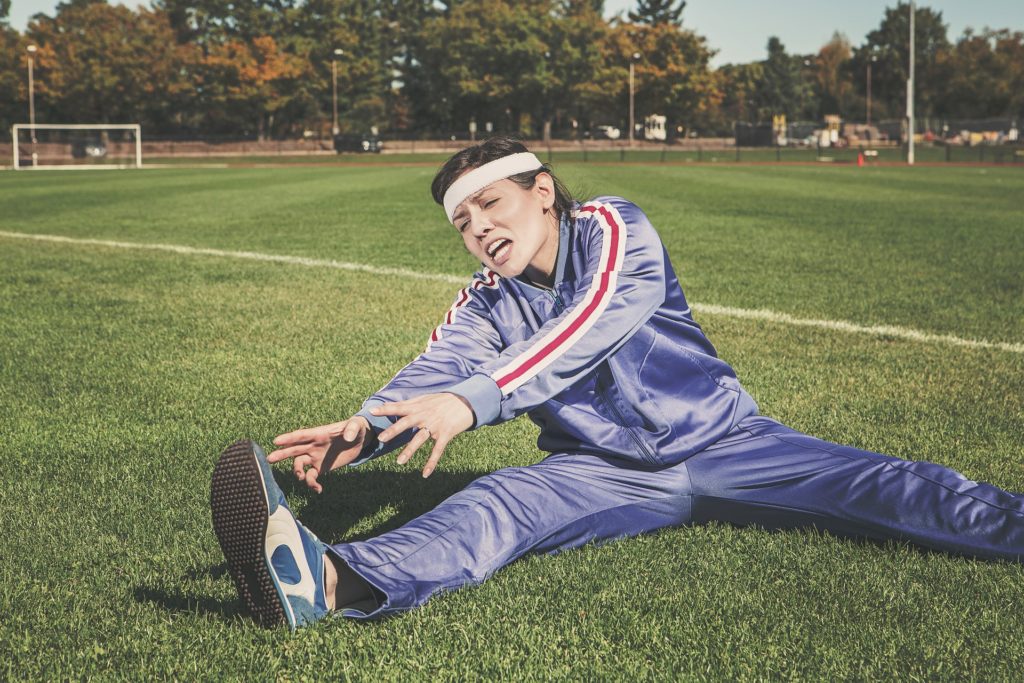Last week we discussed the importance of warming up before exercise. This week we talk about an equally important, integral part of our training regimen.
Remember, done correctly and mindfully, warming up before activity and cooling down post activity may provide extreme value in reducing the risk of injury and even lead to shortened recovery times1.
So after you’ve lifted and racked the iron, achieved your new record lap time in the pool or indeed bettered that 6-minute km, it is now time for the cool-down.
What does the Cool-down Involve?
The way to approach the cool-down parallels the warm-up. It is best to continue your exercise session for another 5-10 minutes, but certainly at a pace that is slow and at a reduced intensity.
So if you have just completed your weights session, pick up some light weights, or cables and go through the same motions slowly and mindfully for about 5-10 minutes, being wary of the blood flow, muscles being cooled-down and your breathing pattern.
Just completed your swimming session? Do some leisurely laps, again being mindful of the blood flowing to muscles, tendons and joints while filling those lungs with plenty of oxygen!

Time to Stretch
Before or After? Stretches are often performed before and/or after exercise by a majority of people, sometimes only exclusively before exercise or exclusively after. Which is best? What is necessary to help minimise risk of injury and improve recovery?
It is recommended to stretch POST workout, AFTER the cool-down stage, when muscles are warm and there is adequate blood flowing through them2.
The Value of Stretching
Stretching helps us maintain or improve our range of movement at and around a joint, therefore preserving flexibility and function2. Depending on your chosen activity, stretching before (after an adequate Warm-up of course) may help improve your performance in allowing joints and soft-tissues such as tendons and ligaments go through their entire range2.
It should be noted however, there has been limited evidence in the literature that suggests stretching can help prevent muscle soreness or injury2.
A study in 2005 did not support the role of pre-workout nor post-workout stretching as an intervention addressing soreness after exercise1.
The author went on to report that stretching before exercise has no value in reducing the risk of extremity (that’s your limbs – arms and legs) injury1.
Interestingly, the author in a study in 1999 argued against stretching pre-exercise for injury prevention3! The argument against stretching before a workout was related to a muscle’s compliance – that is, its change in length when under force or tension.
Increased muscle compliance has been shown to be associated with a decreased ability to absorb energy of a muscle at rest, while a muscle contracted (shortened) is less compliant BUT can absorb MORE force3!
What does this mean? The greater the compliance, which is achieved through stretching, is not related to the soft-tissue’s injury resistance3. Stretching essentially does not improve soft-tissue compliance, but rather, the stretch exercise itself increases stretch tolerance, that is, reducing pain or discomfort, during the stretch itself3.

The Bottom Line
It is already difficult to find time in this busy world we all live in to actually work-out, let alone having to think about setting aside an extra 5-10 minutes before AND after our activity to warm-up, stretch, cool-down and stretch.
The studies we have discussed have resoundingly called for more research into the efficacy of stretching for recovery. That said, they are all agreed that there is more merit to stretching AFTER a workout, particularly when soft-tissues are warm.
In facilitating recovery, 2 different post-exercise recovery modes have been suggested in a study in 2012.
Active Recovery – including jogging or sub-maximal running and stretching4.
Theoretically, the advantage of jogging establishes greater blood flow to muscles, prevents venous pooling (or swelling) in the muscles after exercise, facilitates muscle damage recovery and even attenuating the induction of muscle soreness4.
Passive Recovery – the study found that static stretching AFTER exercise is effective as a preventative measure for delayed-onset muscle soreness (that’s DOMS, or post-exercise soreness) as well as improved range of motion through the dispersion of oedema in the muscle-tendon unit4.
Being diligent in your warm-up and cool-down routines will go a long way in assisting you to minimise your risk of injury, may even enhance your athletic performance and decrease your recovery time, paving the way for a continuous progression (that is, without disruption) in your chosen activity.
The more you get to do it, the better you get at it, and because you see and feel the improvements, the more you enjoy it, and naturally, the more you enjoy it, the greater likelihood you will do more of it – and the positive loop goes on.

William Duong, Chiropractic
At the Triumph Institute located in the heart of Bankstown, Sydney we also practice podiatry. It’s a medical field that specialises in the prevention, diagnosis, treatment and rehabilitation of problems and issues that affect the lower limbs, from the lower back right down to our feet.
References
Stretching Before and After Exercise: Effect on Muscle Soreness and Injury Risk. J Athl Train. 2005 Jul-Sep; 40(3): 218–220.
- https://www.mayoclinic.org/healthy-lifestyle/fitness/in-depth/exercise/art-20045517?pg=2
- Shrier, I.
Stretching before exercise does not reduce the risk of local muscle injury: a critical review of the clinical and basic science literature.Clin J Sport Med. 1999; 9:221–227.
The Effect of Immediate Post-Training Active and Passive Recovery Interventions on Anaerobic Performance and Lower Limb Flexibility in Professional Soccer Players. J Hum Kinet. 2012 Mar; 31: 121–129.


